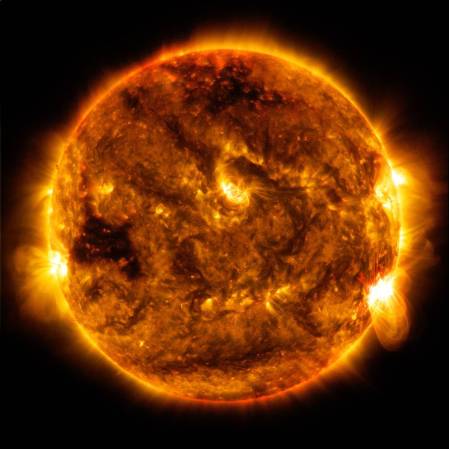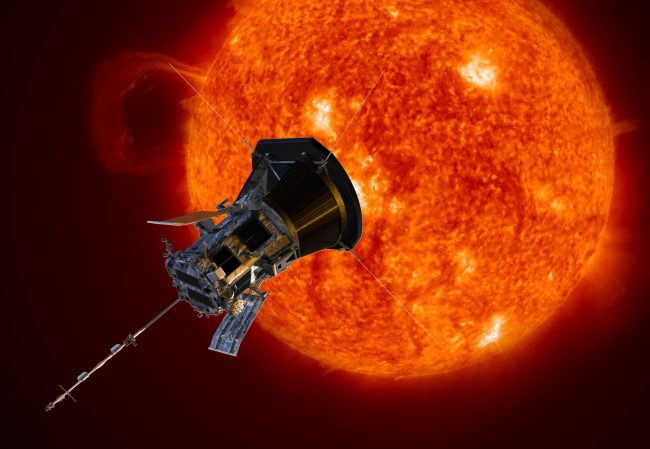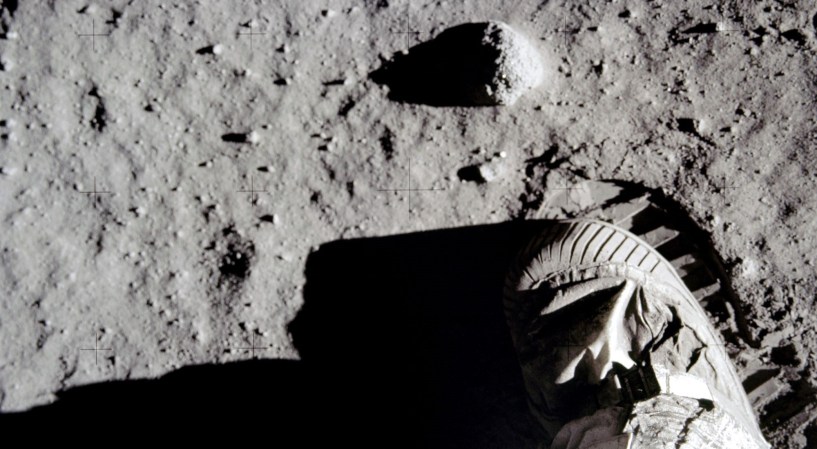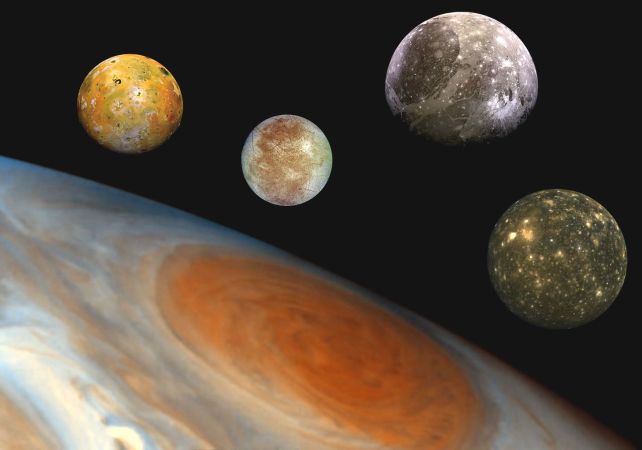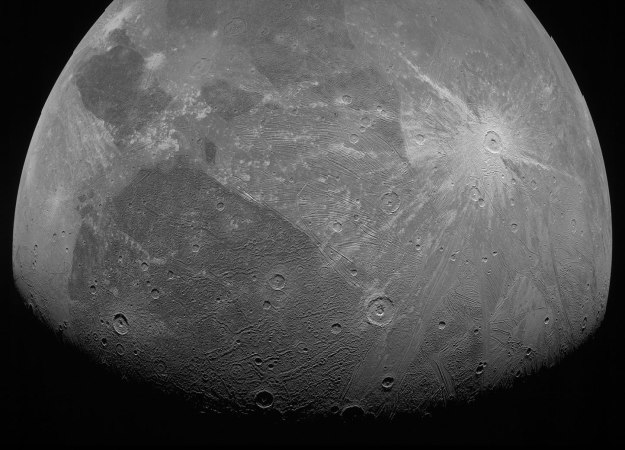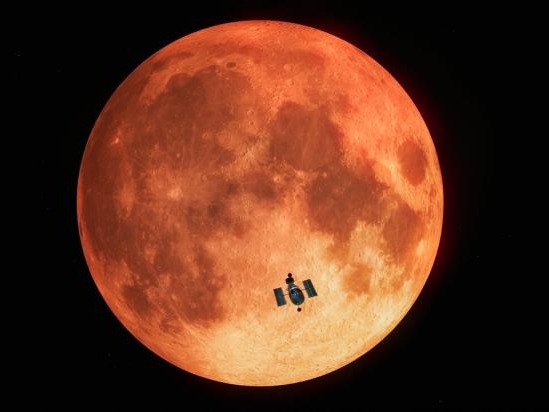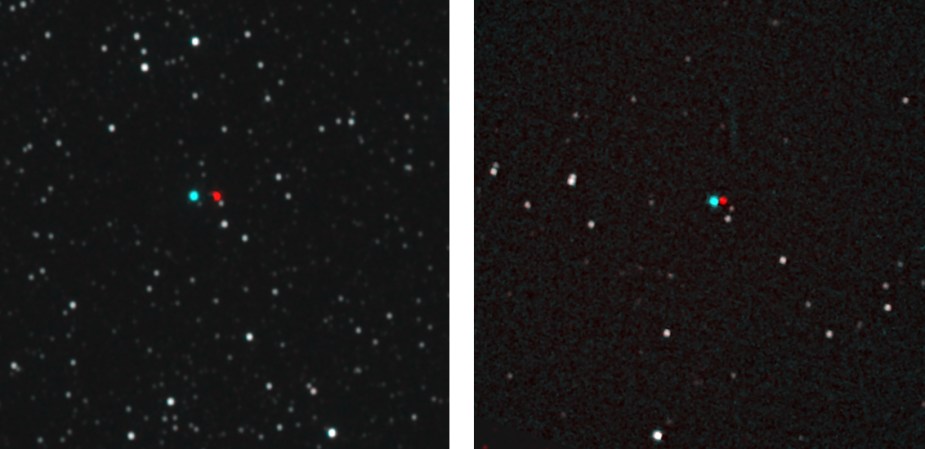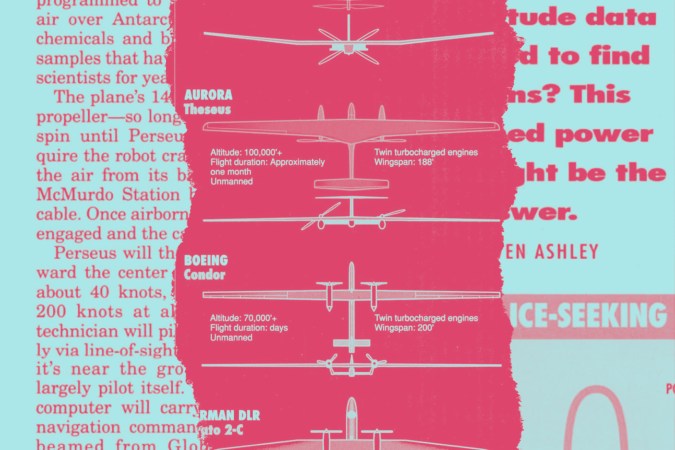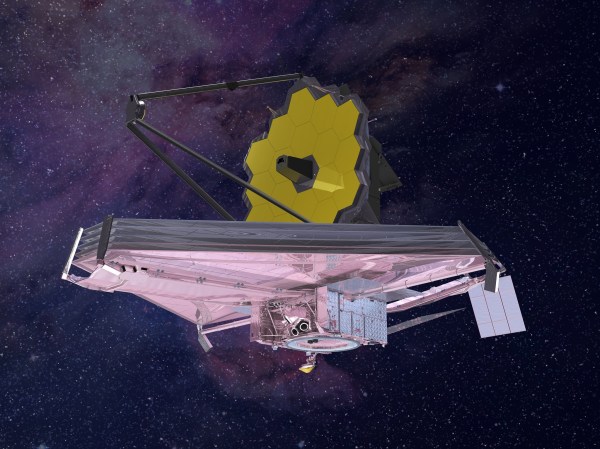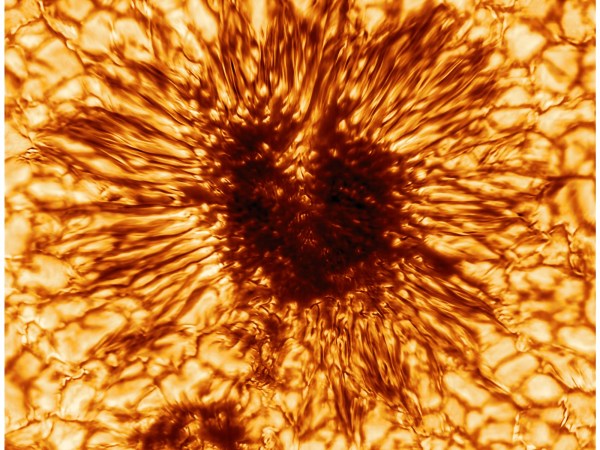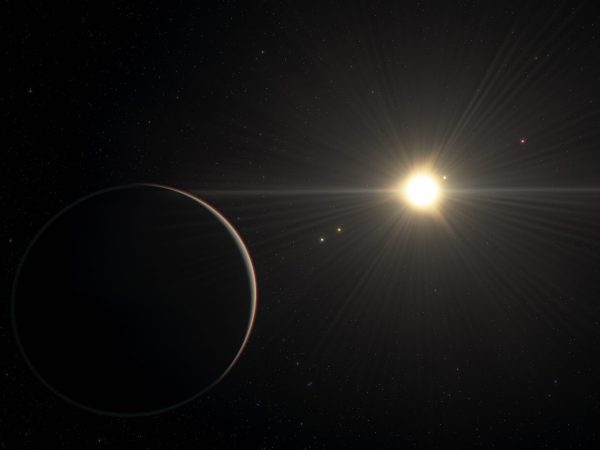

Every year or two, the solar system lines up just right, with the moon casting a shadow over part of Earth’s surface and blocking out the sun—a solar eclipse. In 2017, people across the United States flocked to see the “Great American Total Eclipse”, which was the first one visible in the continental states since 1979. Now, eclipse chasers and citizen scientists across North America are getting ready for the next big events: an annular eclipse on October 14, 2023 and a total eclipse on April 8, 2024. This will be the last eclipse visible in the continental US until August 2045, more than two decades away.
People love eclipses for the novelty—how cool it is to see the sun disappear in the day. But these phenomena are both showstoppers and opportunities: a group of radio astronomers and citizen scientists called Radio JOVE is aiming to capitalize on the upcoming eclipses for science, part of NASA’s “Helio Big Year.”
Radio JOVE “initially started as an education and outreach project to help students, teachers, and the general public get involved in science,” explains project co-founder Chuck Higgins, an astronomer at Middle Tennessee State University. The project has been running since the late 1990s, when it began at NASA’s Goddard Space Flight Center. “We now focus on science and try to inspire people to become citizen scientists.”
As its name suggests, Radio JOVE originally focused on the Jovian planet, Jupiter. “Serendipitously, it turns out that the same radio wavelengths we use for observing Jupiter are also useful for observing the sun,” says Thomas Ashcraft, a citizen scientist from New Mexico who has been observing with Radio JOVE since 2001. After the 2017 Great American Eclipse, its members became more involved with heliophysics, the study of the sun.
[Related: Total eclipses aren’t that rare—and you’ve probably missed a bunch of them]
As energy spews from the sun and travels to Earth, it interacts with our planet’s atmosphere; in particular, the sun’s rays create a layer of ionized particles, known as the ionosphere. Any radio waves coming from the sun have to pass through these particles above us. Communication technology takes advantage of this layer, bouncing radio waves off it to travel long distances.
The ionosphere’s plasma changes a lot between day and night. When the sun shines on this layer, particles break into ions. When the sun is absent, those ions calm down. During eclipses, when most of the sun’s light is blocked, similar changes happen in the short term change. By measuring those fluctuations precisely with a fleet of amateur observers, Radio JOVE hopes to improve our understanding of the ionosphere.

To do so, Radio JOVE is equipping citizen scientists across the country with small radio receivers and training them to observe radio waves from Earth’s ionosphere. The project offers some-assembly-required starter kits for around $200, and a whole team of experts and experienced observers are around to support new volunteers.
[Related: The best US parks for eclipse chasers to see October’s annularity]
Right now, they’re prepping participants for a full day of observing during the October annular eclipse. Project members are already gathering data to have a baseline of the sun’s influence on a normal day, which they’ll compare to the upcoming eclipse data. And this is only a small taste before the big event: next year’s total eclipse. “The 2023 annular eclipse will be used as a training, learning, and testing experience in an effort to achieve the highest quality data for the 2024 total eclipse,” Higgins wrote in a summary for an American Geophysical Union conference.
Citizen science projects such as Radio JOVE not only collect valuable data, but they also involve a new crowd in NASA’s scientific community. Anyone interested in science can join in, and if Radio JOVE doesn’t suit your interests, NASA has a long list of other opportunities. For example, if you’re a ham radio operator, you can get involved with HamSCI, which also plans to observe the upcoming eclipse.
“NASA’s Radio JOVE Citizen Science Project allows me to further explore my lifelong interest in astronomy,” said John Cox, a Radio JOVE citizen scientist from South Carolina, in a NASA press release. “A whole new portion of the electromagnetic spectrum is now open to me.”




